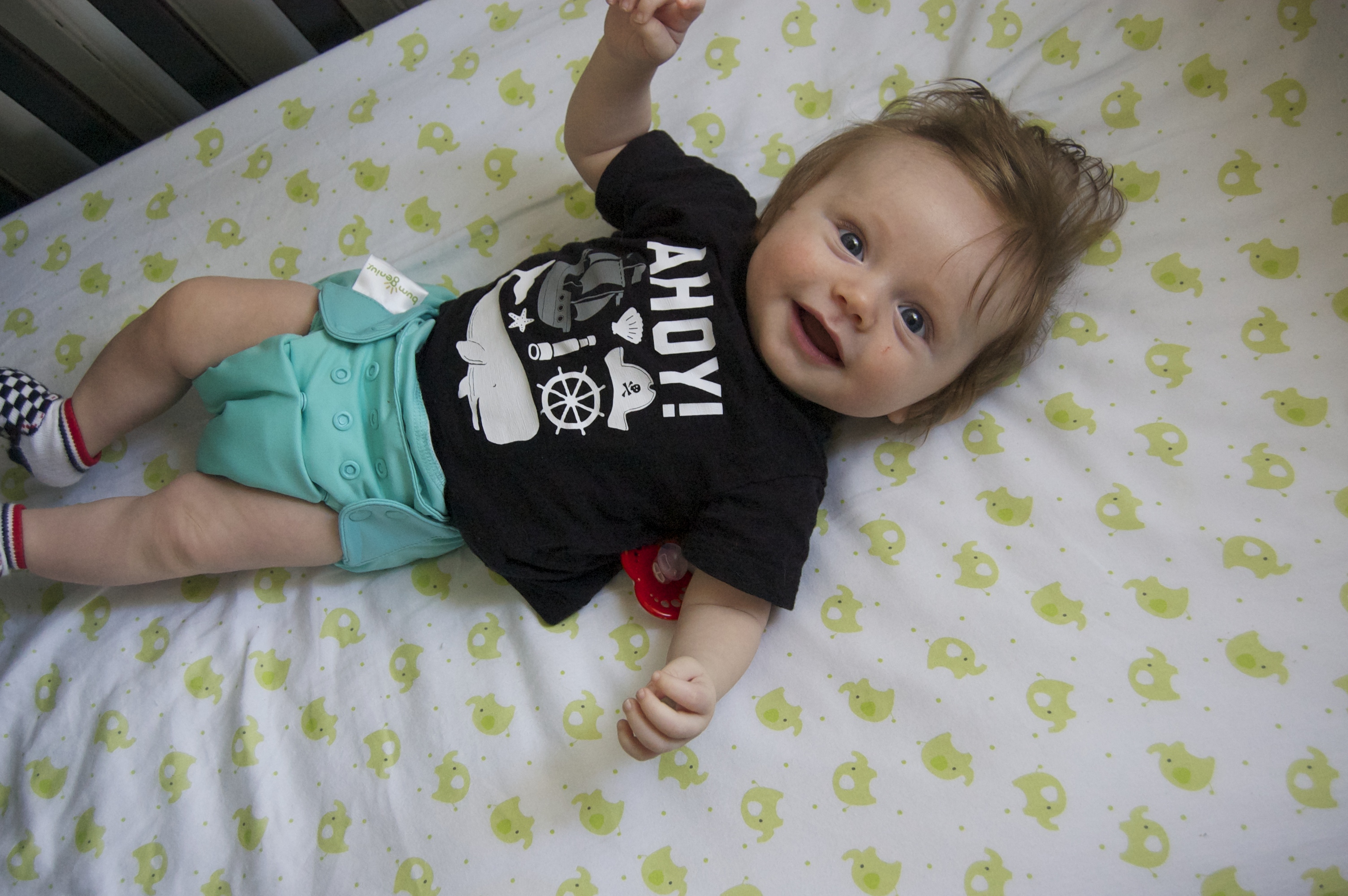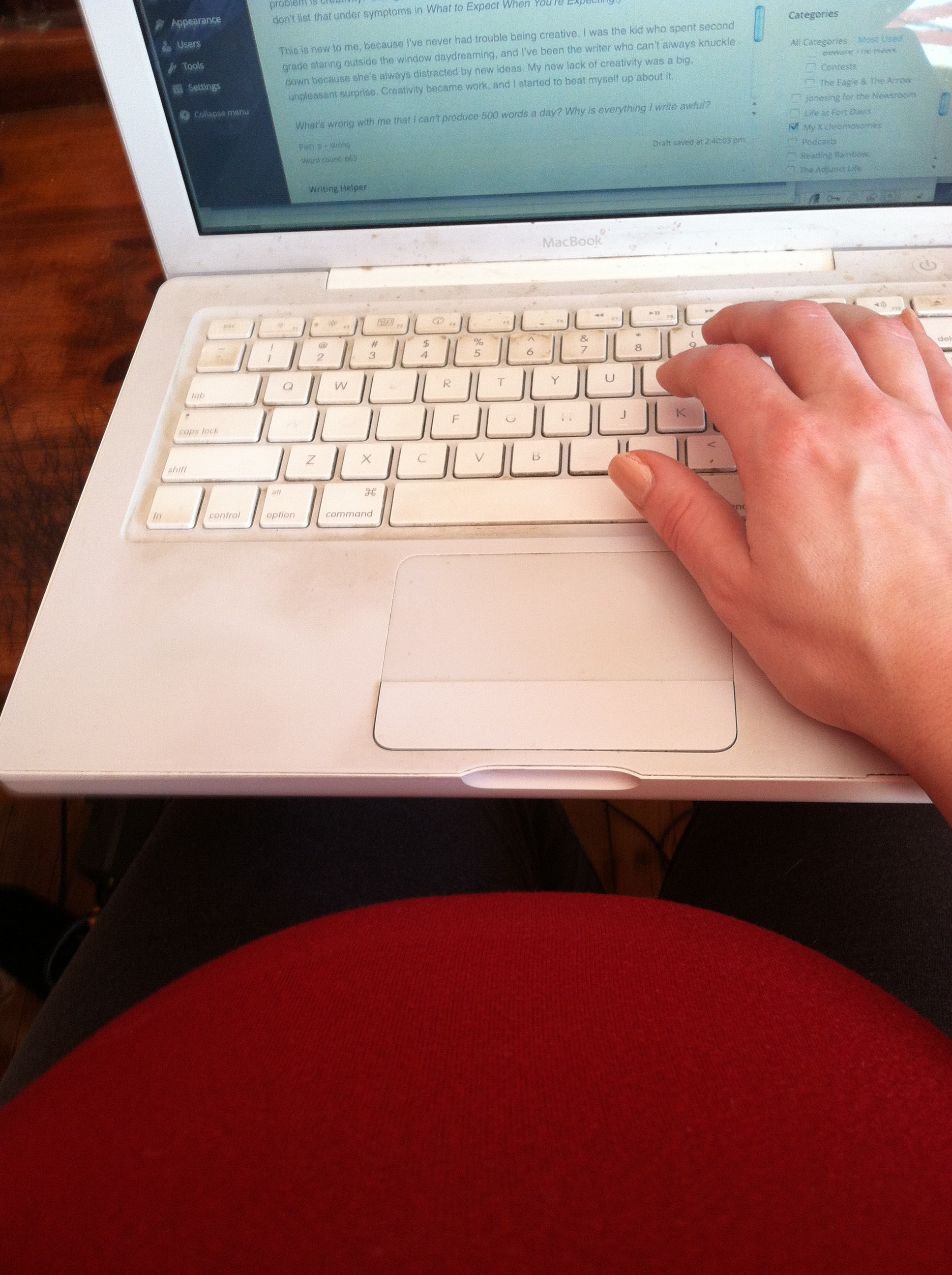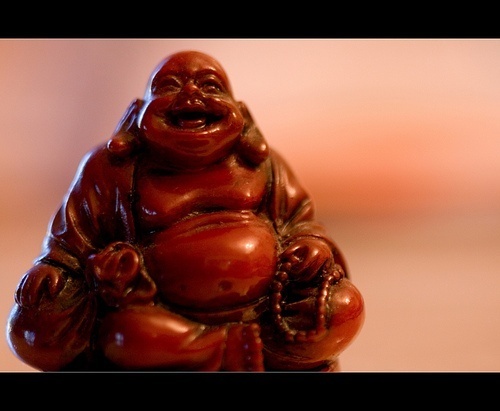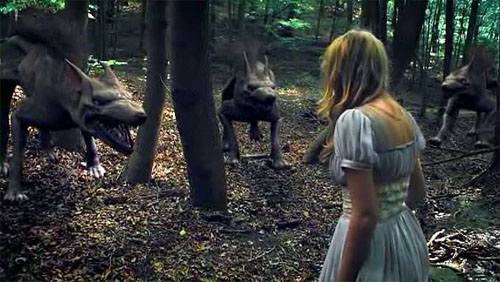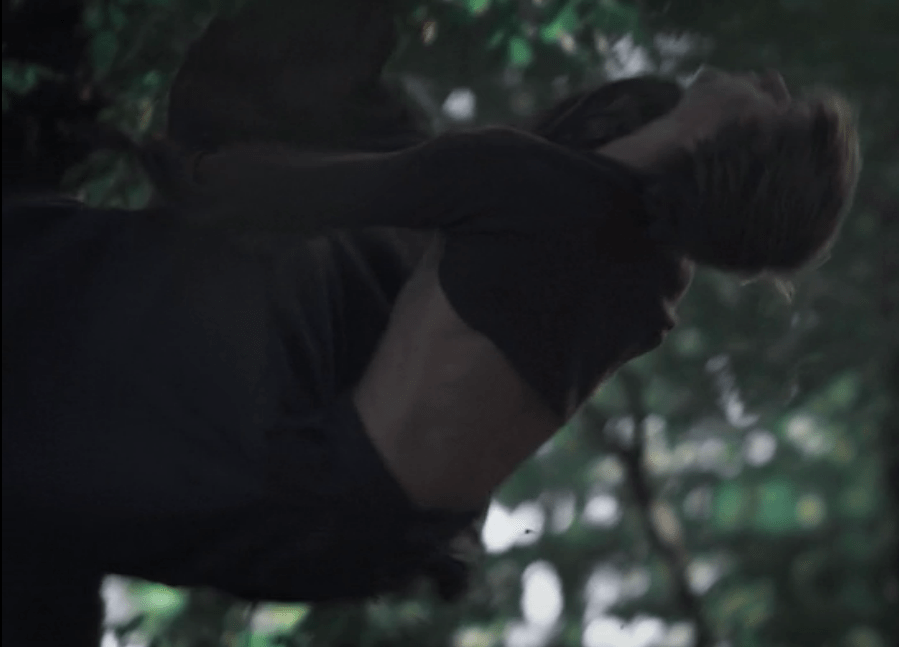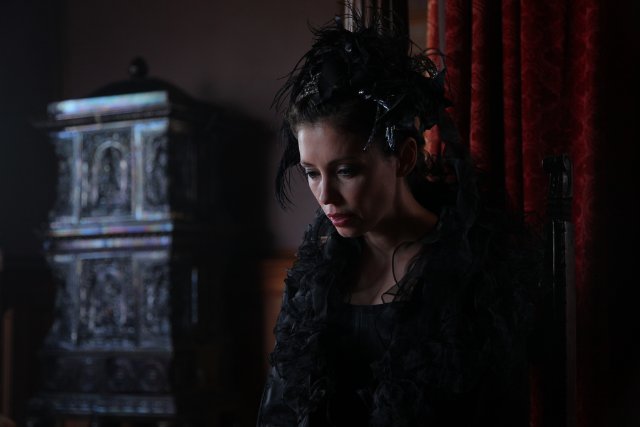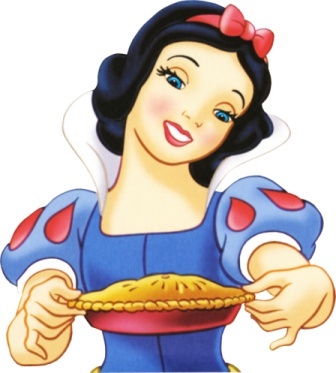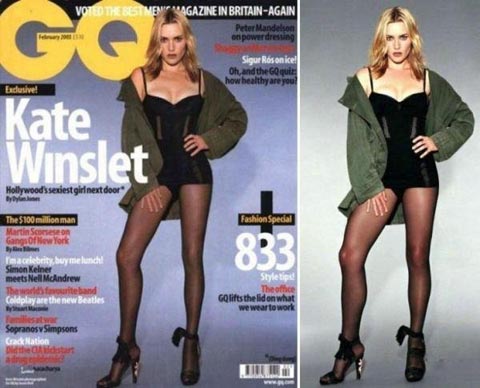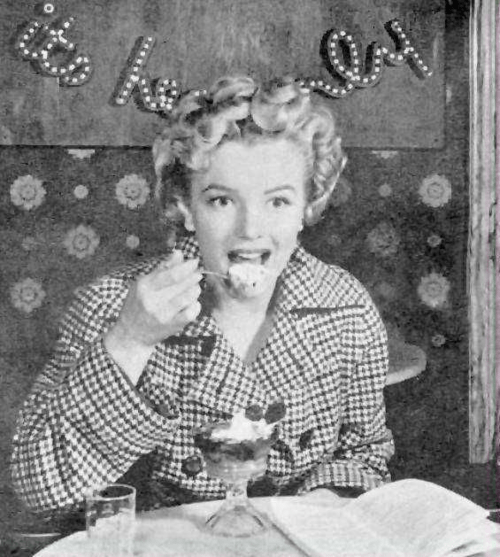Today I’m trying something new. I am live-blogging my attempt to write while home alone with a baby. I’ve read a few things about tactics for writing with a young child, and those articles were not terribly helpful. So today is an experiment. I’ve got a baby carrier, a bouncy chair, a play-yard and my laptop. All I need now is luck. Wish me that. I will be updating all day.
11:30 am – My husband has the dog with him today, so I don’t need to worry about walking her. I’ve done a metric ton of laundry. I’ve nursed the bairn into submission and put him into the crib, so I should be able to start… crap. Diaper change. 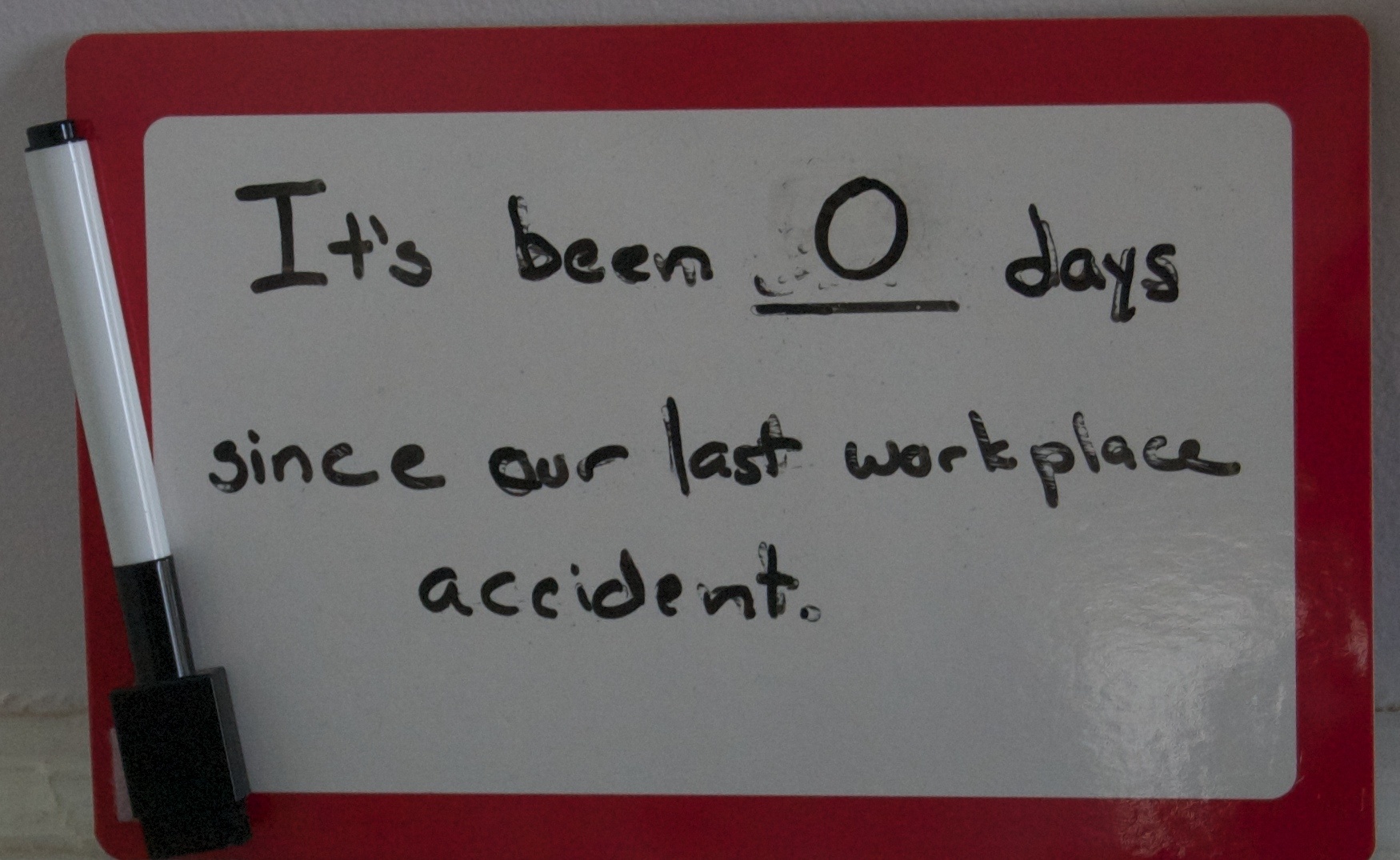 Oh god, no, I was wrong. It’s a diaper blowout. I’ll be back.
Oh god, no, I was wrong. It’s a diaper blowout. I’ll be back.
11:48 am – Okay. Baby cleaned and put in the play yard. New laundry started. Surfaces Cloroxed. NOW: It’s been a while since I worked on my novel, and I am a little blocked in places, so thanks to some advice I saw from a friend who was in my MFA program, I’m going to journal about the problem. Maybe that will help me write around the block.
12:16 pm – I’ve got to ditch the internet. It’s distracting me. So I’m logging out of Facebook except on nursing breaks. Despite a diaper change and distractions online, I have been journaling about my novel and I’ve made a little progress with character development issues, but now the baby is fussing. He’s probably hungry. And I just realized something. So am I.
1:20 pm – The baby and I are both fed. I’ve realized that although I’ve made some headway with character development, I cannot find the first copy of my manuscript, which is what I was working from. I am giving myself five minutes to find it and if I can’t, I’m winging it.
1:23 pm – Found it. Baby is in the crib. Let’s do this.
2:01 pm – I’ve done 254 words worth of writing. I’ve also changed a diaper, eaten a plum and wandered around for a few minutes Iike a lost soul. Finally I accepted that if I don’t get the baby into the exersaucer soon, he will never go down for his nap and I have hopes for naptime. They aren’t big hopes, but they are hopes. So that’s where he is right now, bouncing in the saucer. The good thing is, although I’m working in drips and drabs and this pace is frustrating, I am working. I don’t know if I’m producing anything of value, though.
2:45 pm – 300 more words written. That’s more than the 500 a day I used to hold myself to, so I guess, technically I could stop now. But I haven’t written at home in a while, and this is an experiment, so I’m going to continue until my husband returns. FOR SCIENCE. It’s time to feed the baby now, though.
3:39 pm – The baby is fed and changed and it could be that most golden, elusive, glorious time of the day: naptime. My son doesn’t like to nap, but sometimes he does actually go to sleep, despite himself. In the meantime, he might at least be quiet for a little while and I may be able to write some more until backup arrives. I hope.
3:55 pm – Naptime turned into an Olympic gymnastic floor routine, and I spent my writing time alternately trying to prevent head injuries and researching crib bumpers, so that didn’t really work out. Now I’m keeping him next to me in the play-yard on the bed, and he’s practicing his vocal exercises instead. These are as distracting as the gymnastics, but not as alarming. Now, to make one final push at writing.
4:42 pm – Feeding the boy again. Between the feeding and a changing, I’m getting less done than I did this morning. This kid is active. How does one tire out a four-month-old? Is it even possible? I’ve written a few words though.
4:54 pm – The experiment has ended: 781 words, three outfit changes (baby’s, not mine) and one load of laundry later, my husband has returned and I’m shutting it down.And what do you know? The baby is sleeping. Because of course he is.
So, after a day of writing alone with baby, what’s the verdict?
The take-away of this experiment is probably that sensible people get babysitters. Well, no. I think the take-away is actually that I produced more today than I did before I had a baby because I was always pushing to get words on the page before he started to fuss. But quantity is not quality — while I got more written than usual, I do wonder if it’s any good compared to my normal output. I can’t tell, because I’m too tired right now to know good writing from bad.
Also, and this is probably open to interpretation, it’s hard to know if my parenting also suffered because I was trying to do two things at once. I mean, I did all the things I’d normally do on a day home with my son, and he was even by my side more than he usually is, but I was focusing on writing rather than housework or walking him at the park. So was I a worse mom because I was working and watching him? I don’t know. Only he knows for sure, and he doesn’t speak English yet.
Well, it’s been real. I’m going to put this baby down, save my work and find the Pinot Grigio.
Want tips for writing with a baby? Check out my next post.

